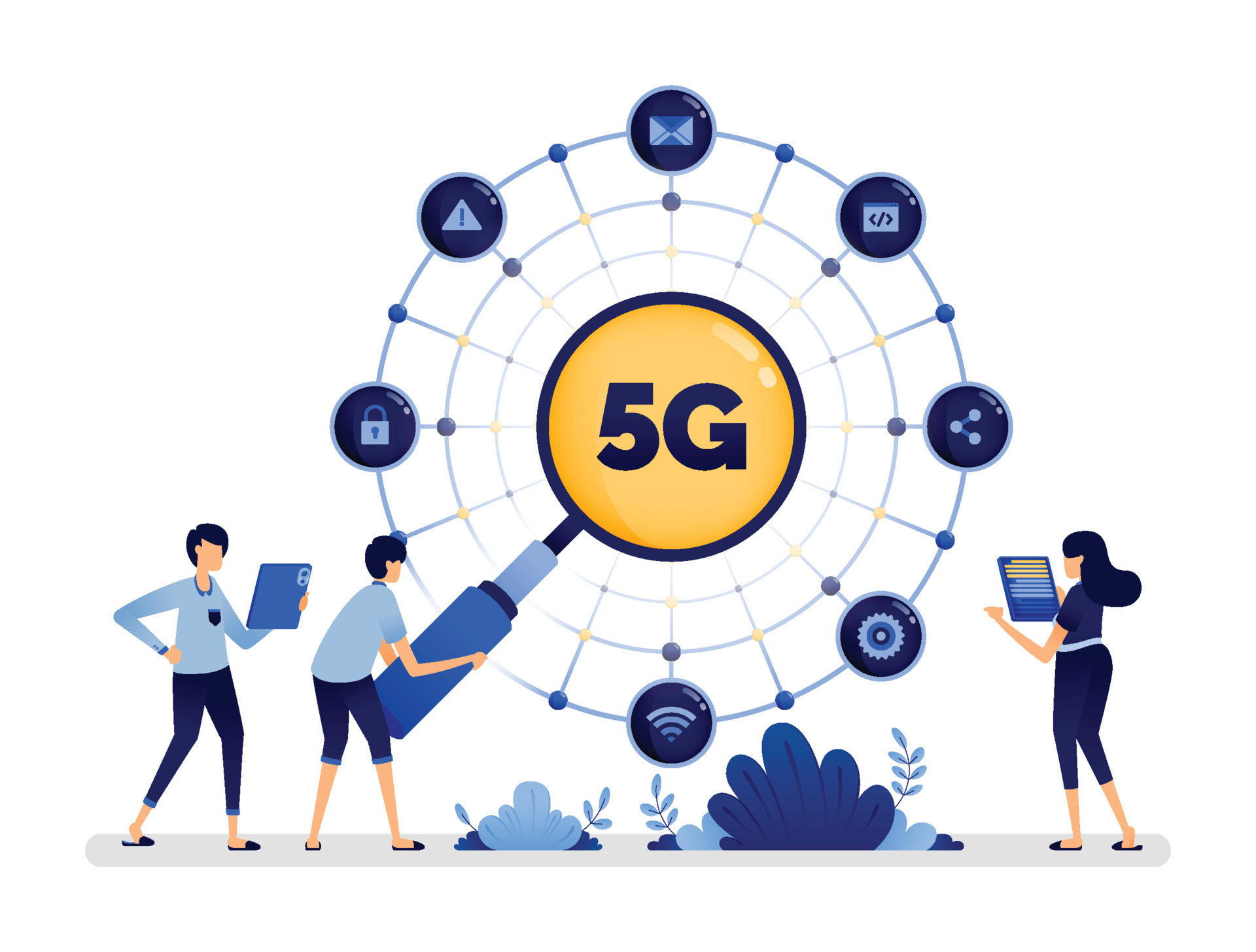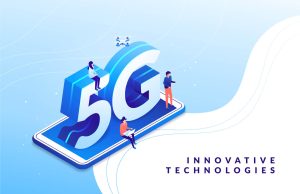5G technology promises to revolutionize industries and consumer experiences by enabling faster speeds, lower latency, and massive connectivity. This article explores various 5G applications, discussing their definitions, advantages, disadvantages, and offering practical insights on implementation and management.
Understanding 5G Applications

5G applications refer to the diverse uses of fifth-generation (5G) wireless technology across sectors such as healthcare, manufacturing, transportation, entertainment, and more. Unlike previous generations, 5G supports ultra-reliable, low-latency communications (URLLC), enhanced mobile broadband (eMBB), and massive machine-type communications (mMTC), facilitating a wide range of innovative applications.
Advantages of 5G Applications
- Enhanced Mobile Experiences: 5G offers significantly faster download and upload speeds, enabling seamless streaming of high-definition content and immersive AR/VR experiences.
- IoT and Smart Cities: With its capacity to connect millions of devices per square kilometer, 5G supports IoT deployments, enabling smart city initiatives, smart grid management, and efficient infrastructure monitoring.
- Industrial Automation: 5G’s low latency and high reliability enable real-time control of automated processes in industries such as manufacturing, enabling predictive maintenance, and enhancing productivity.
- Telemedicine and Remote Surgery: Low latency in 5G networks supports real-time medical diagnostics, remote patient monitoring, and even surgical procedures conducted by robotic systems.
- Autonomous Vehicles: 5G enables vehicle-to-everything (V2X) communication, enhancing road safety through real-time traffic updates, autonomous driving capabilities, and accident prevention.
Disadvantages of 5G Applications
- Infrastructure Costs: Deploying 5G infrastructure involves significant capital expenditure for telecom operators, including upgrading base stations, installing small cells, and acquiring spectrum licenses.
- Security and Privacy Concerns: Increased connectivity in 5G networks raises cybersecurity risks, requiring robust measures to protect data and devices from malicious attacks and breaches.
- Coverage and Interference: Achieving widespread coverage and minimizing signal interference, especially in urban areas or densely populated regions, poses challenges during initial deployments.
- Regulatory Challenges: Compliance with regulatory requirements and standards for spectrum allocation, network sharing, and environmental impact assessments can delay 5G rollout.
Tutorial: Implementing and Managing 5G Applications
- Needs Assessment: Identify specific use cases and business objectives that 5G will address, considering factors such as data requirements, latency sensitivity, and scalability.
- Network Planning and Deployment: Conduct site surveys, plan network architecture, and deploy 5G infrastructure including base stations, antennas, and fiber optic backhaul.
- Application Development: Collaborate with developers to create or adapt applications that leverage 5G capabilities, ensuring compatibility, performance optimization, and user interface design.
- Testing and Optimization: Conduct extensive testing to validate application performance, network reliability, and compliance with service level agreements (SLAs).
- User Education and Support: Educate end-users and stakeholders about 5G benefits, provide training on new applications, and establish support mechanisms for troubleshooting and assistance.
Conclusion
5G applications represent a transformative leap towards a more connected, efficient, and innovative future across industries. Despite challenges such as infrastructure costs, security concerns, and regulatory complexities, the advantages of enhanced connectivity, real-time capabilities, and operational efficiencies position 5G as a catalyst for economic growth and technological advancement. By embracing strategic planning, robust cybersecurity measures, and collaborative innovation, organizations can harness the full potential of 5G technology to drive digital transformation and deliver exceptional experiences in the global marketplace.
Stay tuned to KlikDot for more insightful articles and tutorials on 5G technology, emerging trends, and practical implementations in telecommunications and beyond.







Tinggalkan komentar